Dashain worth NPR 200 billion!
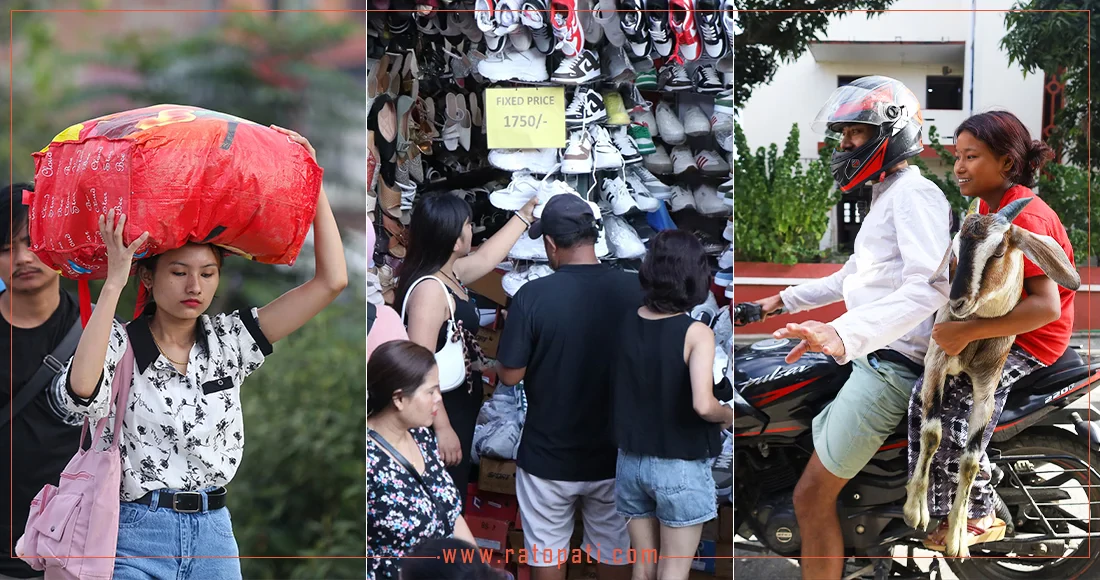
Kathmandu, October 10 — Shopping, travel, and entertainment during Dashain stimulate the economy. Demand for consumer goods peaks during this festival, prompting industries to ramp up production beforehand. According to businesses, approximately 40% of annual trade occurs during major festivals like Dashain and Tihar.
The consumption of goods such as food, clothing, alcohol, vehicles, meat, and fruits rises significantly during Dashain. While the trend of buying new clothes for the whole year has changed, the tradition of purchasing at least some attire for Dashain remains. Imports of goods targeting Dashain begin as early as July and August. The Nepalese economy is heavily reliant on imports, with 90% of the materials consumed coming from abroad, according to customs data. In just July and August, imports of goods and services worth NPR 262.54 billion occurred.
Experts estimate that during festivals like Dashain and Tihar, consumption accounts for about 20% of total national consumption. Nepal's Gross Domestic Product (GDP) is approximately NPR 5.8 trillion for the fiscal year 2023/24. Dashain is primarily known as a festival of food and feasting, with about NPR 1 billion in meat trade occurring in just one week of Dashain. Additionally, extravagant purchases such as vehicles and jewelry during this period are estimated to cost around NPR 50 billion. At this year's NADA Auto Show held in September, bookings for vehicles worth NPR 20 billion were made.
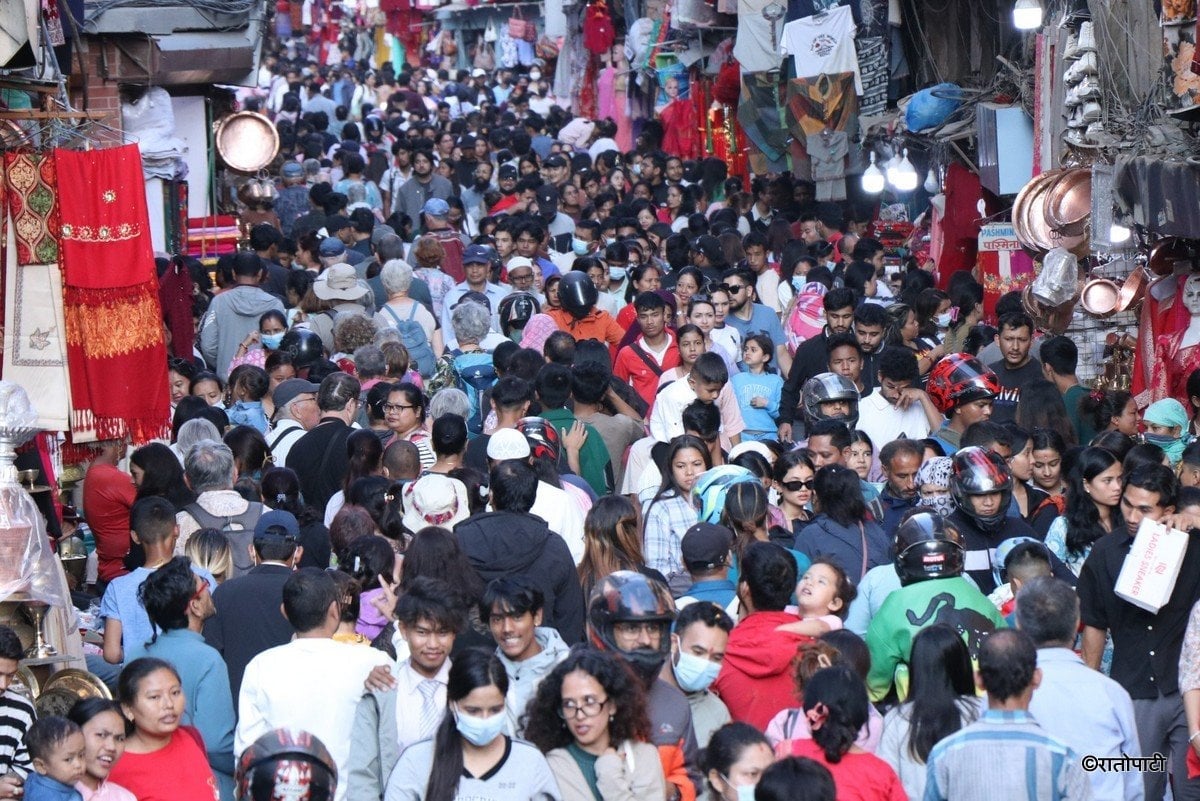
Before Dashain, around NPR 15 billion is withdrawn from banks and financial institutions for salaries and allowances. According to the Financial Comptroller General Office, government employees (civil service, army, and police) receive about NPR 6.5 billion in bonuses during festivals. Private companies also commonly provide additional salaries and allowances to their employees.
Overall, with a population of 30 million, an average per-person expenditure of NPR 6,000 during Dashain and Tihar amounts to approximately NPR 180 billion in total spending. Associate Professor Dr. Ghanshyam Khanal states that the purchase of essential and luxury items has made Dashain an expensive festival. He notes, "It is hard to say exactly how much will be spent, but considering the overall indicators and consumption trends, an estimated NPR 200 billion will likely be spent during Dashain."
Changing consumption patterns
In the last three decades, the cash-based economy has changed the nature of Dashain's economy and its consumption culture. Many Nepalese no longer wait for Dashain to enjoy good clothing and food. With changes in income sources and improvements in earnings, new dimensions of consumption during Dashain have emerged.
Previously, Dashain was limited to locally produced items. Families would store food, agricultural produce, and livestock specifically for the festival. However, the situation has changed; now, about half of Nepalese households purchase not only food and meat for Dashain but also agricultural products and flowers for worship. Dr. Khanal comments, "Earlier, households would stock essential items for Dashain, but now there is a trend of carrying cash for shopping. This has transformed Dashain into a more consumptive festival."
Recently, Dashain has also become a festival for travel. With extended holidays and improved travel arrangements, the trend of traveling during Dashain is on the rise. People are now spending NPR 100,000 to 150,000 to travel to places like Thailand, Dubai, and Indonesia, or even more for trips to European countries. Travel agencies have begun offering various travel packages during this time.

Foreign employment has significantly contributed to this changing consumption style. According to the 2021 Quality of Life Survey, 77% of households receive remittances. In the fiscal year 1995/96, 23.4% of households received remittances, which rose to 31.9% in 2003/04. More than NPR 100 billion in remittances flows into the country every month. In the last fiscal year 2023/24, NPR 1.44 trillion came in through remittances, with 69% of that spent on daily consumption, according to the central bank's survey.
In recent years, Dashain has been perceived not just as a time for food, travel, and enjoyment but also as an opportunity to accumulate wealth. The NADA Auto Show has illustrated this trend, with NPR 20 billion in vehicle bookings made, most of which are expected to be delivered before Dashain, according to businesses. Tata Motors reports that 40% of total sales occur during Dashain. Alongside vehicles, purchases of TVs and mobile phones also see a significant rise during this festival.

Economist Dr. Min Bahadur Shrestha suggests that the Dashain economy should be viewed from two perspectives since it relies heavily on imports. "While festivals like Dashain may invigorate the economy, most of the money flows out due to our reliance on imports," he states. "Additionally, the long holidays can cause disruptions in government expenditures and industries." Therefore, while Dashain might create a temporary economic boost, it is not sustainable. Shrestha concludes, "If only about half of the activity were supported by domestic production, it would hold much more significance."




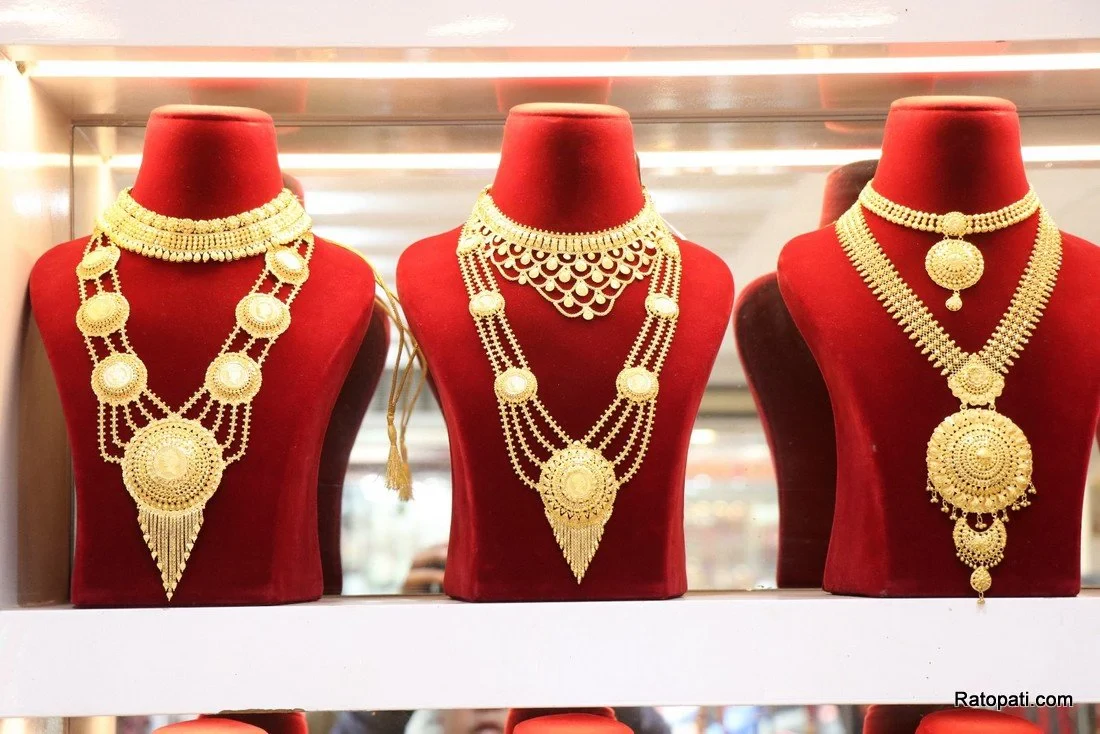

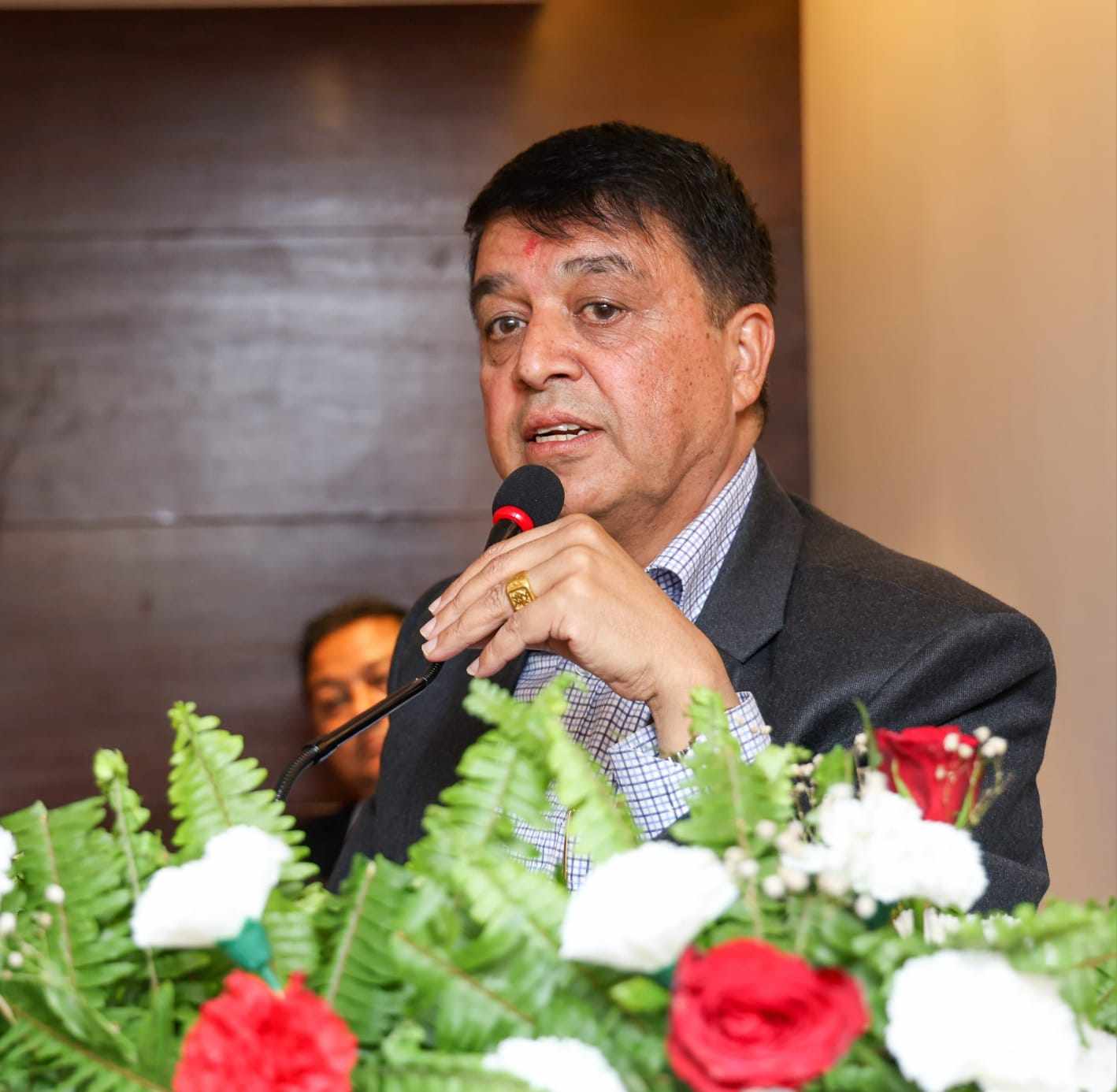
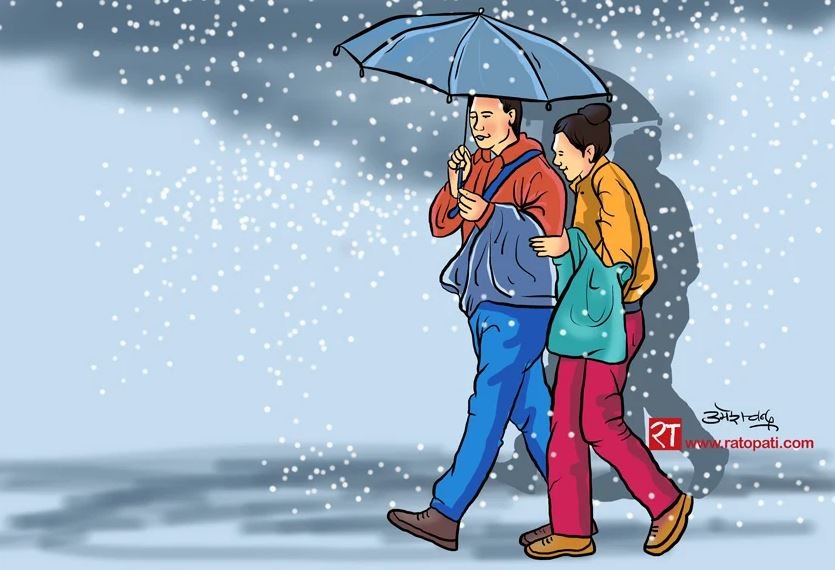
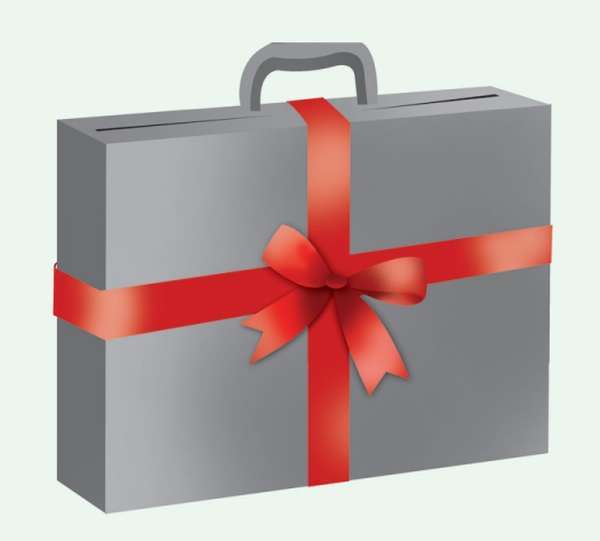
Leave Comment